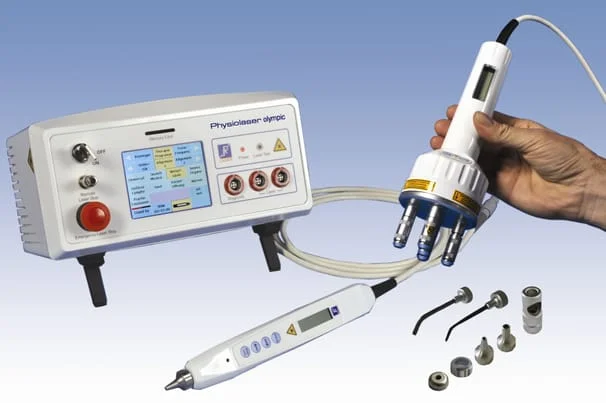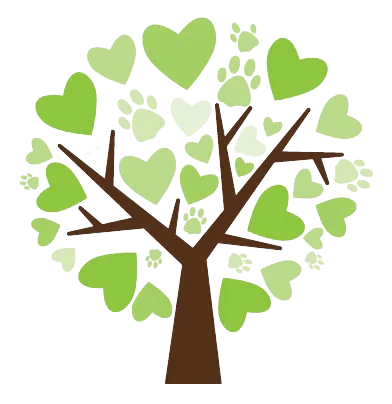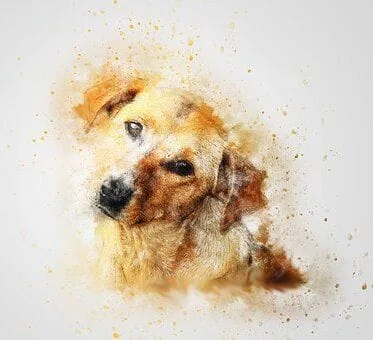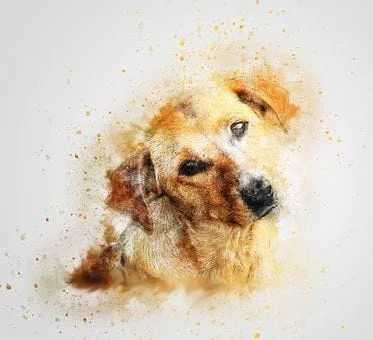How laser therapy works:
Laser therapy is the application of red light and near infrared radiation over injuries or lesions without sensation or side effects. Bundles of light energy pass through the skin and are received within the injured body’s cells by special receptors; the overall effect is decreased pain and inflammation, increased blood flow and increased healing time and tissue regeneration.
Type of laser:
There are many types of laser therapy, divided into different classes, all of which use different amounts of wattage. Some classes of lasers can actually burn the skin if used improperly. At Park Animal Hospital, we use a Low Level Laser or Cold Laser which is a Class 3B. The class 3B that we have, utilizes a low level of wattage compared to other classes of Laser Therapy, and because of this, it can be used for long periods of time in one spot without causing thermal burns.
Conditions that can be treated:
Pain and inflammation: This type of laser treatment is used for joint pain, muscle and tissue repair, on all areas of the body. Laser for pain improves the blood flow thus feeding tissues, increases endorphins and serotonin levels in the body and improves cartilage and joint repair as well as stimulates tissue regeneration that promotes healing.
Skin: Ultraviolet Laser (UV Laser for infections) enhances wound healing. We use ultraviolet laser for all skin conditions such as hotspots and infections, it has also been proven to kill certain bacteria and fungi.
What to expect:
First, the doctor will perform a thorough physical examination on your pet, to assess the severity of the condition. The initial laser treatment will be performed after the doctor is finished her assessment. One of our technicians will come into the exam room, set up the laser unit, and give you a pair of goggles to wear. Each session can take up to 7 minutes per location treated, depending on the severity and the size of your pet. The doctor will re-examine your pet once it has received all recommended treatments, and depending on the results may or may not recommend more maintenance sessions.




